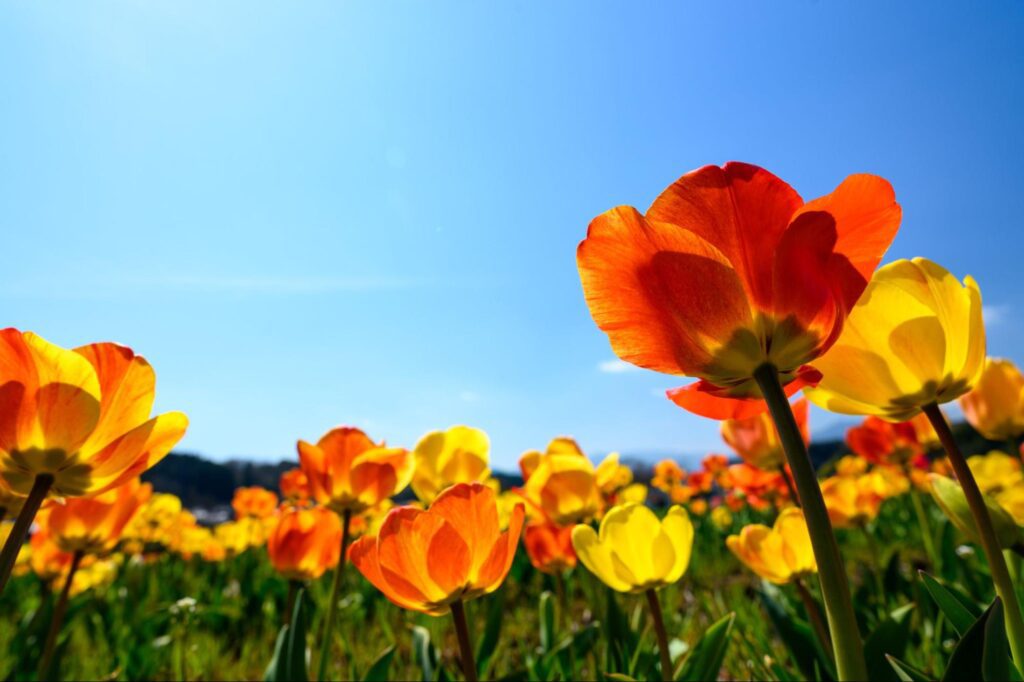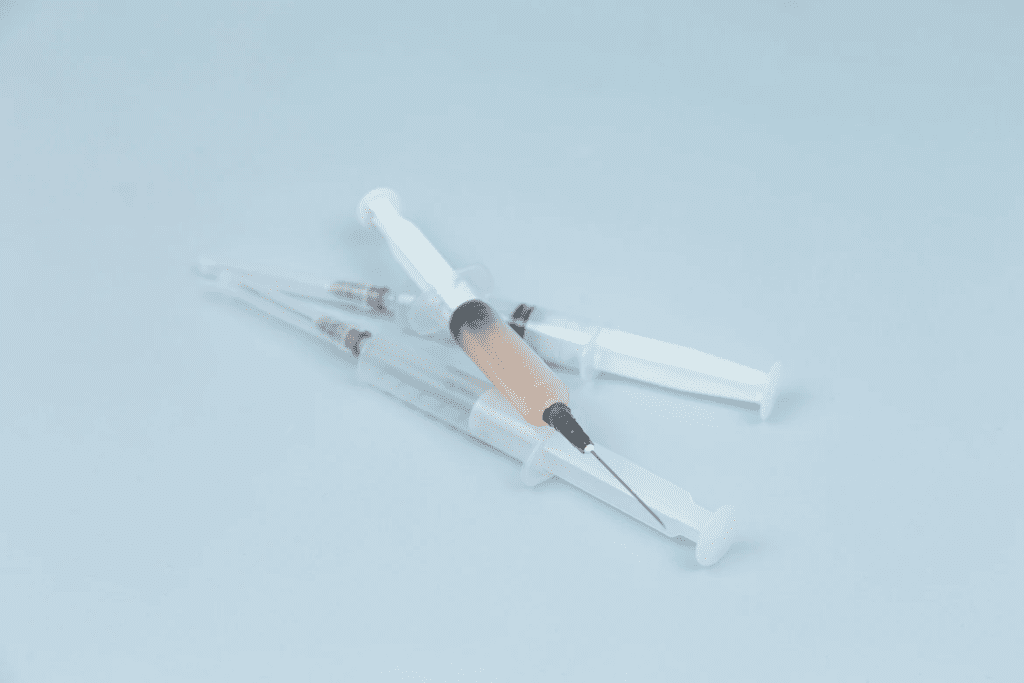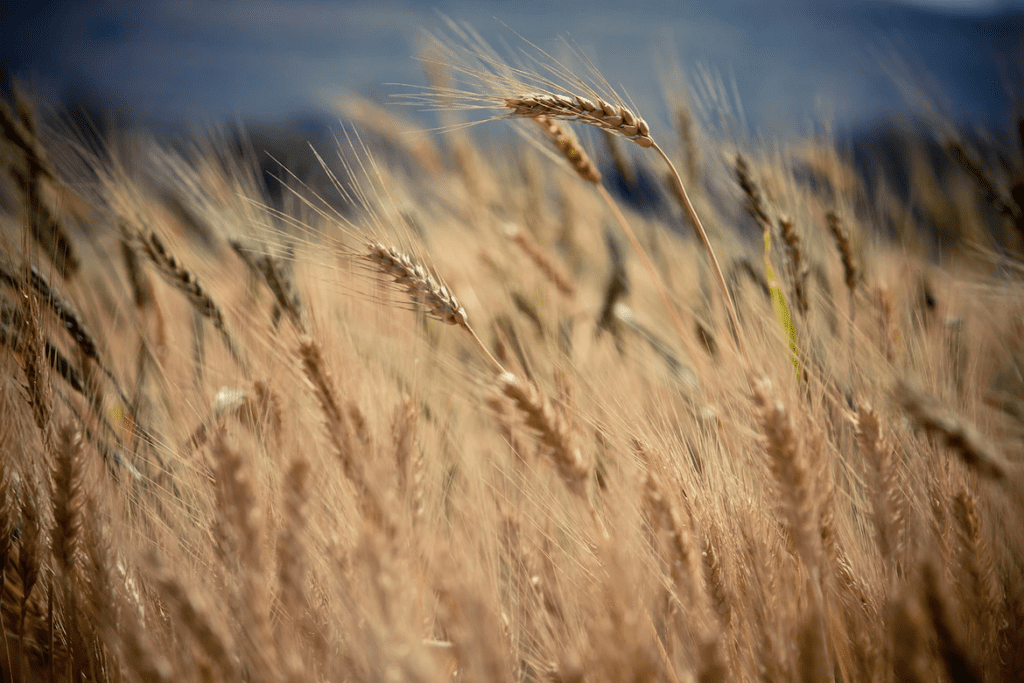Spring Allergies: Myths vs Facts
There are many myths when it comes to spring allergies such as how to deal with allergies, what causes allergies, how to cure allergies, etc. This can lead to misinformation, and confusion, along with frustration for those dealing with the allergies.
Let’s look at some of the myths associated with spring allergies versus the facts.
Myth #1: Flower Pollen is a Trigger for Spring Allergies

(Photo by Kouji Tsuru on Unsplash)
FACT: Pollen from flowers trigger spring allergies for many however pollen from trees can also contribute to spring allergies, as the pollen is much lighter and can easily be carried in the air for a longer time. While trees provide an environment rich in oxygen, their bounty in numbers makes it difficult to avoid them. In addition, dust mites, mould spores, and grass pollen can also trigger spring allergies.
Myth #2: You Cannot Develop Spring Allergies as an Adult

(Photo by Brittany Colette on Unsplash)
FACT: Allergies can occur at any stage of life. If you did not have allergies as a child, this does not mean you will not have them as an adult. Onset adult allergies can occur for many reasons such as a change in the immune system to new allergens introduced into the environment. Getting tested for allergies will help ensure the correct treatment is provided and help identify ways to avoid triggering allergens.
Myth #3: Moving to a Dryer Climate will Help with Allergies

(Photo from https://pixabay.com/)
Fact: When thinking of spring allergies, we picture pollen, damp weather, warm and humid temperatures. Perhaps a dryer climate will ease allergies. However, living in a dryer climate does not mean escaping from allergen triggers such as ragweed, grass and even pollen. Native plants in dry climates bring their own allergens as well. A new environment can mean new allergies. In addition, the dry air can irritate and dry out the mucus membrane in the nose.
Myth #4: Allergy Shots Cure Allergies

(Photo by Ed Cijs on Unsplash)
FACT: Allergy shots help to lessen the symptoms of allergies however, they do not cure allergies. Some allergy shots also trigger other allergic reactions whether they are local or systemic reactions. Taking a more holistic approach as a treatment for seasonal allergies is a safer alternative rather than introducing unknown substances into your system.
Myth #5: Eating Local Honey Cures Allergies

(Photo by Jonathan Farber on Unsplash)
FACT: While honey can help soothe a rough throat or a stubborn cough, consuming honey does not cure allergies. Bees gather pollen that is used to produce honey but there is no scientific proof that eating the honey will provide immunity from allergens.
Myth #6: The First Sight of Pollen Means the Start of Spring Allergies

(Photo by Magda Pawluczuk on Unsplash)
FACT: Many believe that the sight of pollen in the air, on flowers, on grass, and on the streets, are the first signs that allergy season has officially started. However, when the weather begins to warm, the body prepares itself for the start of pollen exposure. Don’t wait until pollen is in the air. Be prepared before the official start of spring allergy season. Treatments such as herbal therapy or a naturopathic route can help you during the allergy season.
Myth #7: Hay Fever Comes from Hay

(Photo by Nitin Bhosale on Unsplash)
FACT: Hay does not cause hay fever, despite the name. Hay fever refers to the body’s reaction to the tiny pollen particles that are in the air. Whether it be from trees or grass, pollen can trigger inflammation inside the nose which can cause sufferers to sneeze or have a runny and stuffy nose.
Myth #8: Nothing Can Help My Allergies

FACT: It is best to avoid situations that trigger spring allergies, however, this may not be possible for everyone. It is best to get tested to pinpoint specific allergens and to find the best treatment. There are many natural and safer alternative treatments to deal with allergies such as acupuncture, herbal therapy, and naturopathy. Visit Simple Cures or contact a member of our team to see how we can help you naturally deal with your seasonal allergies.